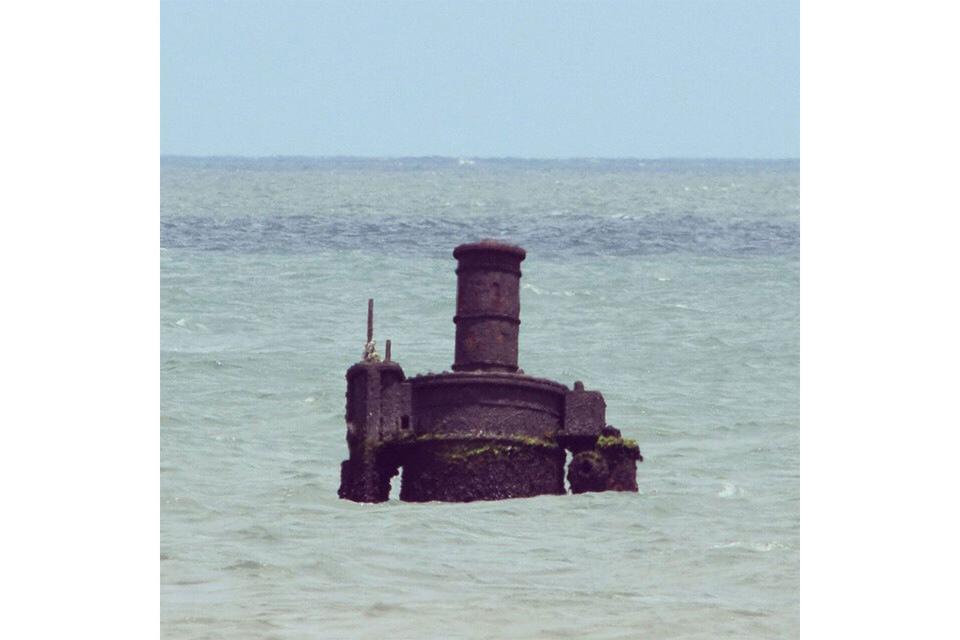Park Service Explains Rusting “Robot” Standing Off Outer Banks
This unique piece of Outer Banks history never fails to confuse visitors.

NPS/Cape Hatteras National Seashore
It’s a robot, it’s an alien, it’s… a top hat for a whale?
The top of a mysterious structure seen peeking out from the waves off the Outer Banks has visitors asking questions, and the National Park Service has answers.
If you’ve driven past Pea Island Wildlife Refuge and were confused by what appears to be a rusted robot or the Tin Man from The Wizard of Oz stuck in the surf about 100 yards off Cape Hatteras National Seashore, you’re not alone.

NPS/Cape Hatteras National Seashore
Despite having what appears to be human-like features—including two arms and a bucket head—it’s actually the remains of a 161-year-old shipwreck.
“It is the boiler and smokestack of the steamer Oriental,” Cape Hatteras National Seashore explained on Facebook last month. “In 1861, she was built to be a merchant ship but was instead rented by the US Army to operate as a troop transport. On May 16th, 1862 she ran aground on the shoals near Bodie Island. Her captain and crew were saved, but the cargo and ship were lost to the storm.”
This area off the Outer Banks is known as the “Graveyard of the Atlantic,” due to the hundreds of shipwrecks that have occurred there. The smokestack of The Oriental is among the most visible.
The skeletons of the ships that met their fate off the infamous barrier islands are often revealed by storms and even changes in tide. Hurricane Teddy in 2020 unearthed the remains of The George W. Wells, The Metropolis, and The G.A. Kohler.
“The barrier islands that make up Cape Hatteras National Seashore are dynamic and constantly changing making it so you never know what you will find out on the beach,” the seashore wrote on Facebook in the aftermath of Hurricane Teddy. “This area is rich with history and occasionally parts of this history are exposed for short periods of time only to be covered back up quickly by the shifting sands.”
For more Southern Living news, make sure to sign up for our newsletter!
Read the original article on Southern Living.

